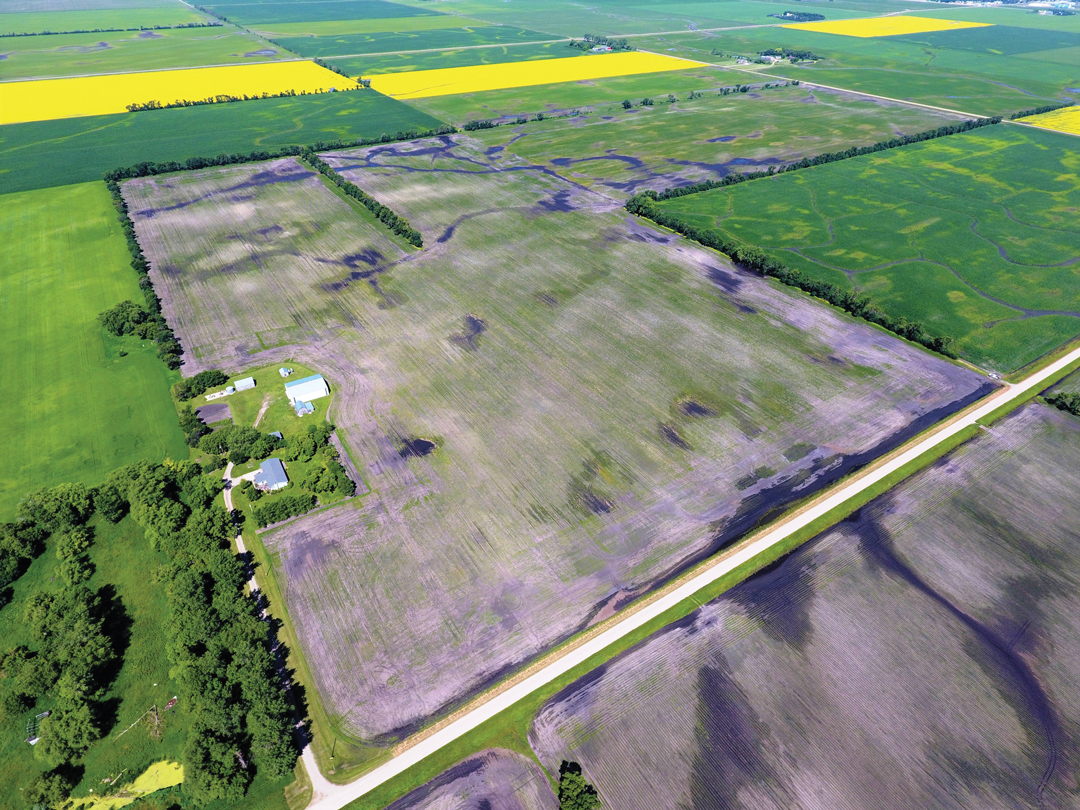HANDLING HOT TOPICS
CONTENTIOUS ISSUES DEMAND ACTION
Hot topics are typically inflammatory because they demand action. And there has perhaps been no hotter topic of discussion within the farm community over the last couple of years than rural crime. In preparing “Crisis Control,” our look at the state of this issue, it was clear farmers, many of whom have been victims of crime, want their concerns on the issue to be heard and for action to be taken.
An uptick in rural crime over the last few years saw Statistics Canada calculate a five per-cent jump in Alberta’s Crime Severity Index in 2017 and the fear and frustration caused by thievery on farm properties boiled over. Impossible to ignore, provincial politicians and the RCMP emphasized that they’ve heard this call loud and clear. The provincial government took action, though opposition MLAs have differing opinions on how this should be carried out.
Created in cooperation with the RCMP, the province launched its crime-reduction strategy in March of last year. The early numbers are certainly encouraging, though not everyone is convinced a long-term turnaround is in the works.
Thoroughly energized by the public outcry, volunteer organizations such as the Alberta Provincial Rural Crime Watch Association and the Alberta Citizens On Patrol Association have signed memorandums of understanding with the force and are building on their own inter-association relationship. The groups function as they have in the past, acting as additional eyes and ears for police, but both have also taken on the role of public educators, trumpeting crime awareness and prevention.
Farmers are heeding their own call to action through vigilance. “Vigilance” is the new buzzword in rural communities, while on-farm crime prevention measures are making it harder for prowlers to carry out break-ins and carry off plunder.
In the agronomic sphere, Health Canada’s Pest Management Regulatory Agency (PMRA) review of neonicotinoids may shake the foundation of crop production. Needless to say, it’s also one of the hottest topics in farming. In “No more neonics,” we fully dissect the agency’s decision-making process and the implications farmers face with the potential loss of these crop protection products. The elimination of neonics may be the proverbial first domino in the fall of further chemistries. While this may bring about a forced return to foliar spraying, which carries with it greater environmental impacts, industry professionals worry it may also lead to further bans. Farmers may be left without effective treatment for various pests, raising serious potential consequences for the nation’s agricultural economy.
As with the rural crime issue, action is being taken in the face of the chemistry review. Recently, a group of crop scientists and representatives of various western Canadian ag groups met with PMRA representatives to present on the challenges farmers will face without access to thiamethoxam and clothianidin. The group’s presenters also expressed the commitment of the agriculture industry to employing better management of these tools. They stressed that mitigating farm and environmental risks will happen through practical, on-farm decision making that’s driven by research.
As if that weren’t enough hot topics for one issue of GrainsWest, we examine the fallout from the discovery of genetically modified wheat along an oil well access road in southern Alberta in the summer of 2017. What, we ask, has the industry learned from the incident?
In the following pages, we also take on stories about the latest thinking on seeding rates and soil testing. And in “Beating the bushels-per-acre barrier,” barley industry experts weigh in on how barley yield can be improved and what has been holding agronomic improvements back.
While the so-called big issues may steal the spotlight, these are hot topics in their own right that affect the on-farm decision-making process and every operation’s bottom line.







Comments